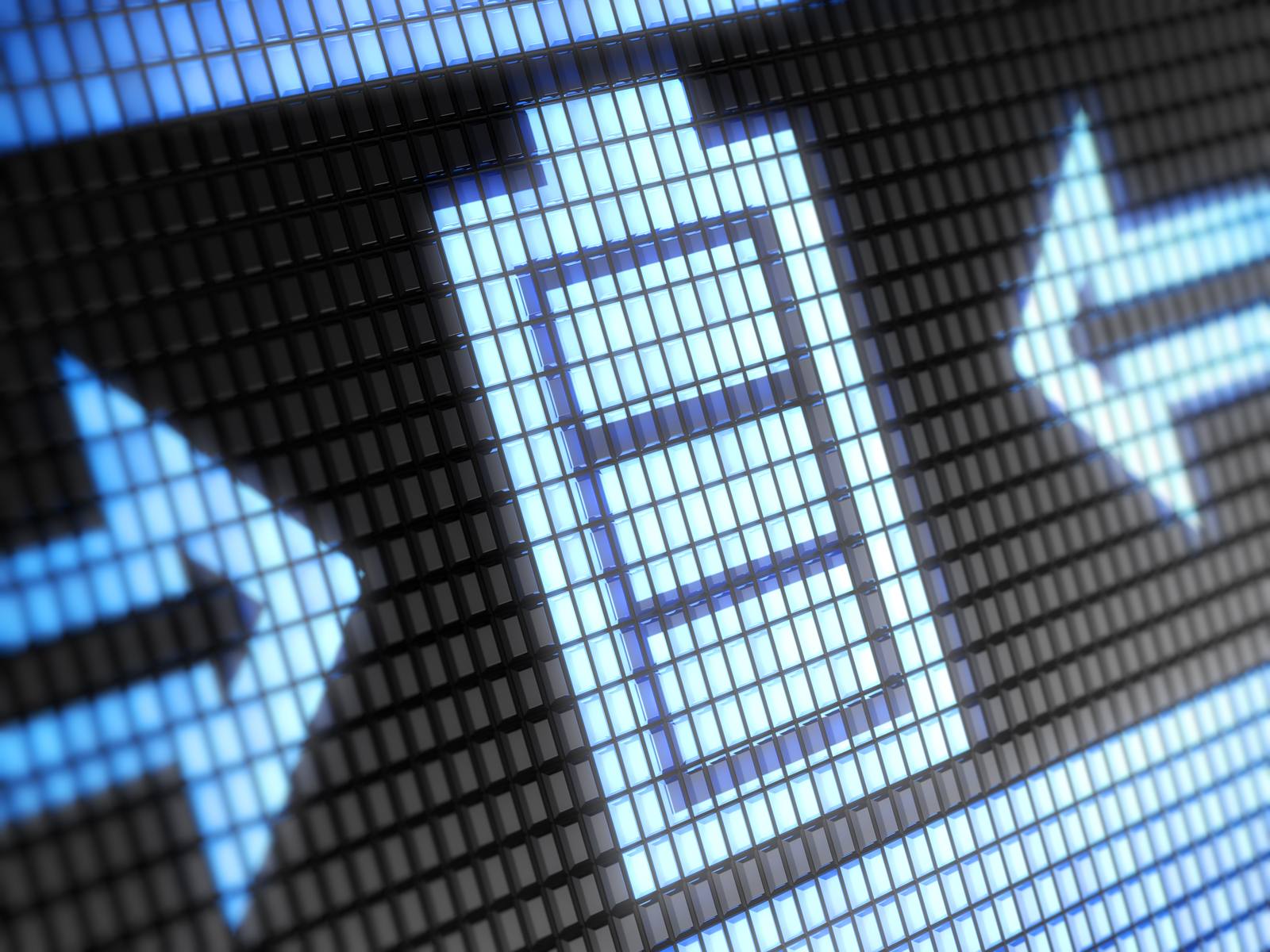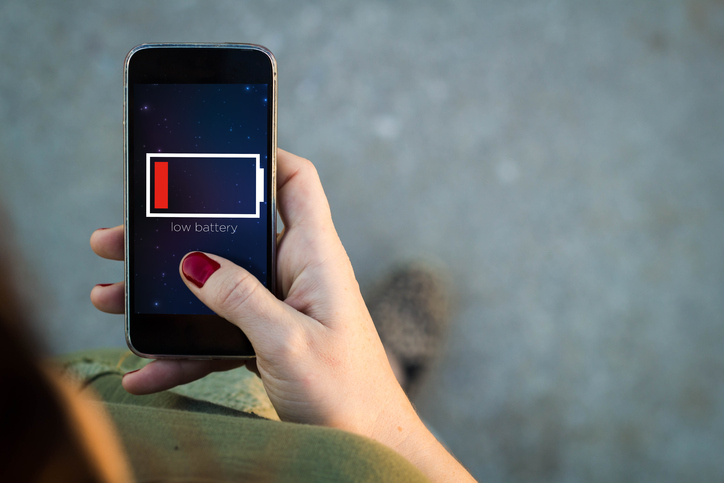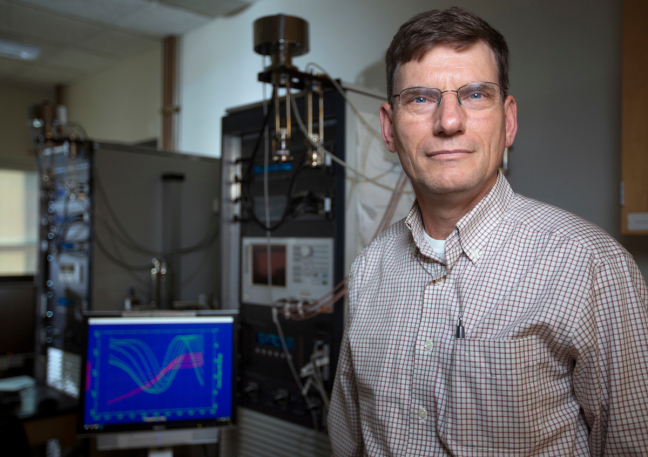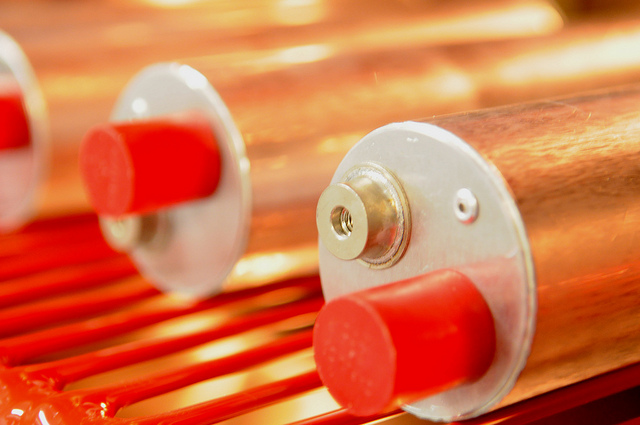 Twenty-sixteen marked the 25th anniversary of the commercialization of the lithium-ion battery. Since Sony’s move to commercialize the technology in 1991, the clunky electronics that were made possible by the development of the transistor have become sleek, portable devices that play an integral role in our daily lives – thanks in large part to the Li-ion battery.
Twenty-sixteen marked the 25th anniversary of the commercialization of the lithium-ion battery. Since Sony’s move to commercialize the technology in 1991, the clunky electronics that were made possible by the development of the transistor have become sleek, portable devices that play an integral role in our daily lives – thanks in large part to the Li-ion battery.
“There would be no electronic portable device revolution without the lithium-ion battery,” Robert Kostecki, past chair of ECS’s Battery Division and staff scientist at Lawrence Berkeley National Laboratory, tells ECS.
Impact of Li-ion technology
Without Li-ion batteries, we wouldn’t have smartphones, tablets, or laptops – more so, electric vehicles would have a slim chance of competing in the transportation sector and dreams of large-scale energy storage for a renewable grid may be dashed. Without the Li-ion, there would be no Tesla. There would be no Apple. The landscape of Silicon Valley as we know it today would be vastly different.
While the battery may have hit the marketplace in the early ‘90s, pioneers such as Stanley Whittingham, Michael Thackeray, John Goodenough, and others began pushing the technology in the ‘70s and ‘80s.
In its initial years, Li-ion battery technology boomed. As the field gained more interest from researchers after commercialization, developments started pouring in that doubled, or in some cases, tripled the amount of energy the battery was able to store. While progress continued over the years, the pace began to slow. Incremental advances at the fundamental level opened new paths for small, portable electronics, but have not answered demands for large-scale grid storage or an electric vehicle battery that will allow for a drive range of over 300 miles on a single charge.
(more…)



 Twenty-sixteen marked the 25th anniversary of the commercialization of the lithium-ion battery. Since Sony’s move to commercialize the technology in 1991, the clunky electronics that were made possible by the development of the transistor have become sleek, portable devices that play an integral role in our daily lives – thanks in large part to the Li-ion battery.
Twenty-sixteen marked the 25th anniversary of the commercialization of the lithium-ion battery. Since Sony’s move to commercialize the technology in 1991, the clunky electronics that were made possible by the development of the transistor have become sleek, portable devices that play an integral role in our daily lives – thanks in large part to the Li-ion battery.
 Lithium-air batteries are viewed by many as a potential next-generation technology in energy storage. With the highest theoretical energy density of all battery devices, Li-air could revolutionize everything from electric vehicles to large-scale grid storage. However, the relatively young technology has a few barriers to overcome before it can be applied. A new study published in the
Lithium-air batteries are viewed by many as a potential next-generation technology in energy storage. With the highest theoretical energy density of all battery devices, Li-air could revolutionize everything from electric vehicles to large-scale grid storage. However, the relatively young technology has a few barriers to overcome before it can be applied. A new study published in the 

